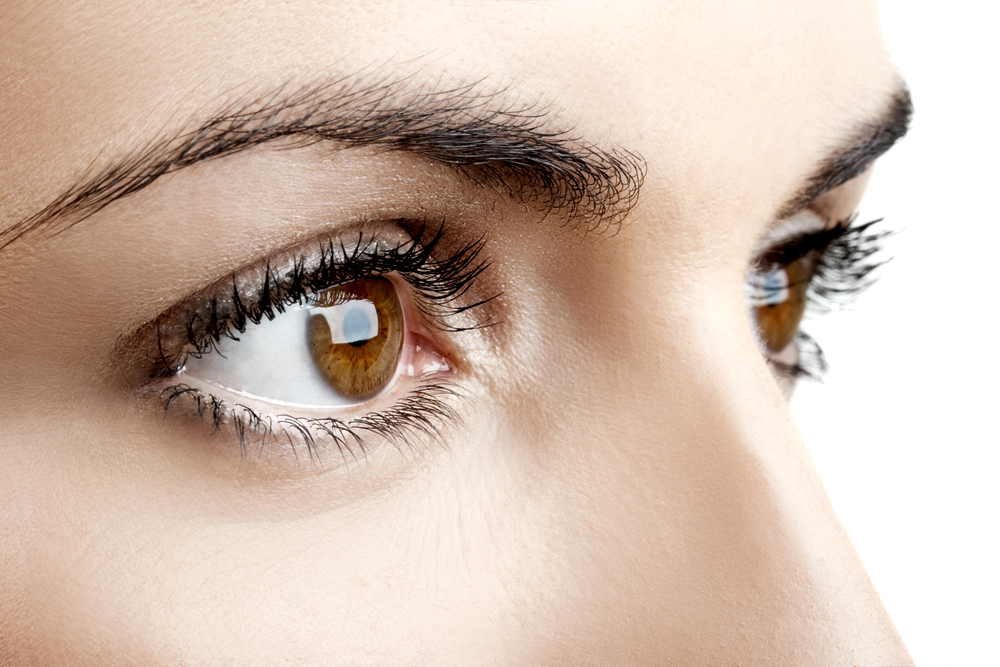Vision Problems Rise with Diabetes Rates

Vision problems that can’t be corrected with eyeglasses are on the rise among Americans age 20 and older, a new study finds. And the growing prevalence of these problems may be partially related to increasing rates of diabetes.
Researchers reported that nonrefractive visual impairment, a vision problem not caused by the need for eyeglasses, rose 21 percent, from 1.4 percent between 1999 and 2002 to 1.7 percent between 2005 and 2008.
During the same time period, the number of people with diabetes has climbed from 6.5 percent in 1998 to 10.7 percent in 2007 and 11.3 percent in 2010.
Younger adults are especially at risk for vision problems, the study reported. Among non-Hispanic whites ages 20 to 39, nonrefractive visual impairment soared by 40 percent, climing from 0.5 percent during the 1999-2002 period to 0.7 percent during the 2005-2008 period. While the increase may sound small, the authors of an accompanying editorial wrote that "with about 230 million people aged 20 years and older in the U.S. population, a 0.3% increase could potentially represent an increase of almost 700,000 individuals with nonrefractive visual impairment over a relatively short time."
The study researchers analyzed data from the National Health and Nutrition Examination Survey (NHANES), an ongoing survey of the health and nutritional status of Americans. This particular survey examined information on 10,480 people ages 20 and older.
The most common causes of nonrefractive visual impairment in the U.S. are age-related macular degeneration, cataracts, diabetic retinopathy, glaucoma and other retinal disorders, the study noted.
Diabetic retinopathy, which can affect people with Type 1 or Type diabetes, is caused by damage to the small blood vessels in the retina, which is the light-sensitive tissue at the back of the eye, according to the National Eye Institute. This disorder is the leading cause of blindness in Americans 40 and older. Diabetes can also increase the risk of cataracts and glaucoma.
Sign up for the Live Science daily newsletter now
Get the world’s most fascinating discoveries delivered straight to your inbox.
Both NHANES' surveys found that people who were older, who were living in poverty and who had been diagnosed with diabetes 10 or more years previously had the most risk for nonrefractive visual impairment. However, the researchers wrote, "Among these risk factors, only the latter has increased in prevalence during the two time periods considered."
An estimated 25.8 million children and adults in the U.S. have diabetes, according to the American Diabetes Association. Nearly two million new cases were diagnosed in people 20 and older in 2010
The study findings concern serious health problems, the researchers said. "Blindness and visual impairment are associated with increased medical care expenditure, decreased work productivity and decreased quality-adjusted life years," the researchers wrote. "If the current finding becomes a persisting trend, it could result in increasing rates of disability in the U.S. population."
The study and editorial are published today (Dec.11) in the Journal of the American Medical Association.
Pass It On: Vision problems are rising in the U.S., partly because of diabetes.
This story was provided by MyHealthNewsDaily, a sister site to LiveScience. Follow MyHealthNewsDaily on Twitter @MyHealth_MHND. We're also on Facebook & Google+.









